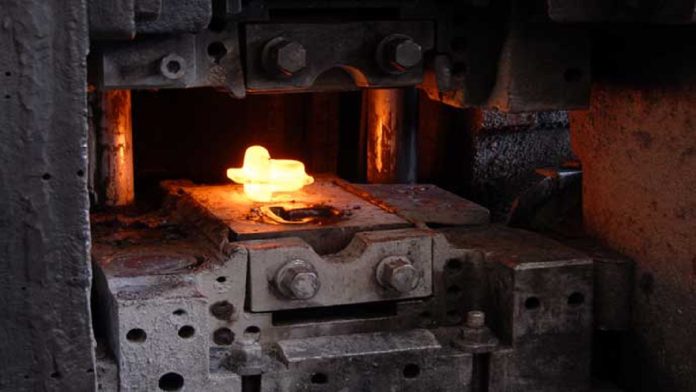In the realm of manufacturing, process design plays a pivotal role in shaping the efficiency, quality, and cost-effectiveness of the production process. It serves as the blueprint that guides the creation of products, ensuring that they meet the required specifications and standards. This article explores the fundamental importance of process design in manufacturing, delving into its various aspects and how it contributes to the success of any production endeavor. Furthermore, click the link and visit the official page of Cxin Forging for more information about process design.
The Significance of Process Design
Enhancing Efficiency
One of the primary objectives of process design is to streamline operations and maximize efficiency. By carefully planning each step of the manufacturing process, inefficiencies and bottlenecks can be identified and eliminated. This results in a smoother, faster production process that reduces lead times and minimizes waste.
Quality Assurance
Process design is intrinsically linked to quality control. By defining precise steps and parameters, manufacturers can ensure that every product meets the required quality standards. This is particularly crucial in industries where safety and reliability are paramount, such as automotive and aerospace manufacturing.
Cost Optimization
Efficient process design can lead to significant cost savings. By optimizing resource utilization, reducing material waste, and minimizing labor requirements, manufacturers can produce high-quality products at a lower cost per unit. This competitive advantage can translate into higher profit margins and a more sustainable business model.
Key Elements of Process Design
Product Design
The process begins with product design, where engineers and designers create a blueprint for the final product. This includes defining its shape, size, material specifications, and performance requirements. Product design informs subsequent manufacturing processes and directly impacts the overall efficiency and quality of production.
Material Selection
Choosing the right materials is a critical aspect of process design. Different materials have unique properties, such as strength, durability, and thermal conductivity. Process designers must carefully select materials that align with the product’s intended use and performance expectations.
Equipment and Machinery
Process design involves selecting and configuring the appropriate machinery and equipment for each manufacturing step. This includes choosing the right type of forging presses, extrusion machines, and CNC equipment. Proper equipment selection ensures that the manufacturing process is both efficient and effective.
Tolerance and Precision
Process designers must define precise tolerances for each component and manufacturing step. This ensures that the final product meets the required specifications. Advanced design software, such as CAD/CAE and Deform simulation, aids in predicting the rationality of the design and ensuring precision.
Tooling and Dies
Forging and cold extrusion processes rely on specialized tooling and dies. Process designers are responsible for designing these critical components, which shape raw materials into the desired form. Custom molds and dies are essential for achieving consistent and high-quality results.
Conclusion
In the world of manufacturing, process design is the cornerstone of success. It serves as the foundation upon which efficient, high-quality, and cost-effective production processes are built. From product design and material selection to equipment configuration and precision control, every aspect of process design contributes to the ultimate goal of delivering superior products to the market.
Manufacturers that prioritize process design gain a competitive edge by reducing waste, minimizing production costs, and ensuring product quality. In an ever-evolving industrial landscape, understanding the role of process design is essential for staying ahead in the manufacturing game, driving innovation, and meeting the demands of increasingly discerning customers.










